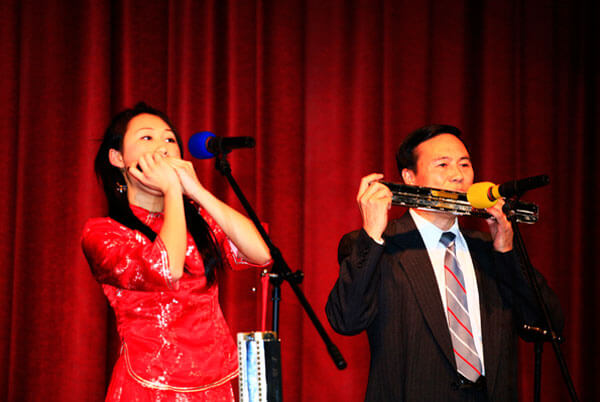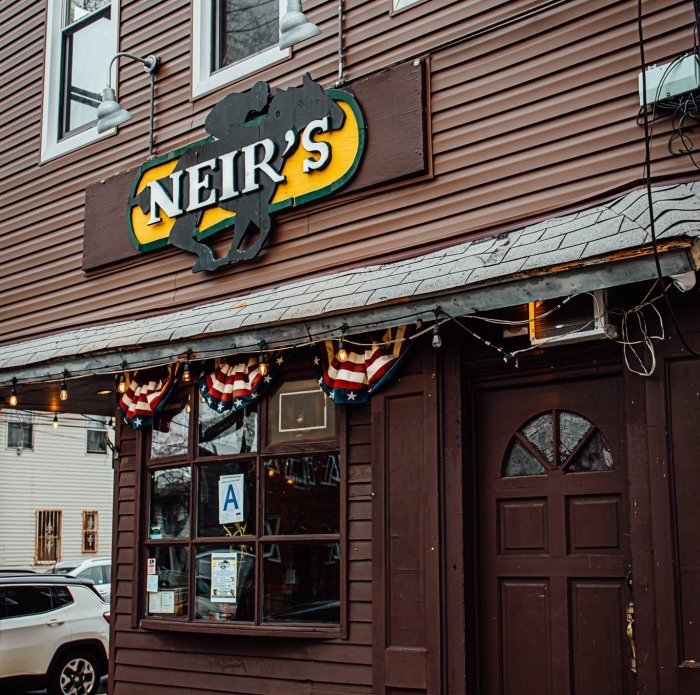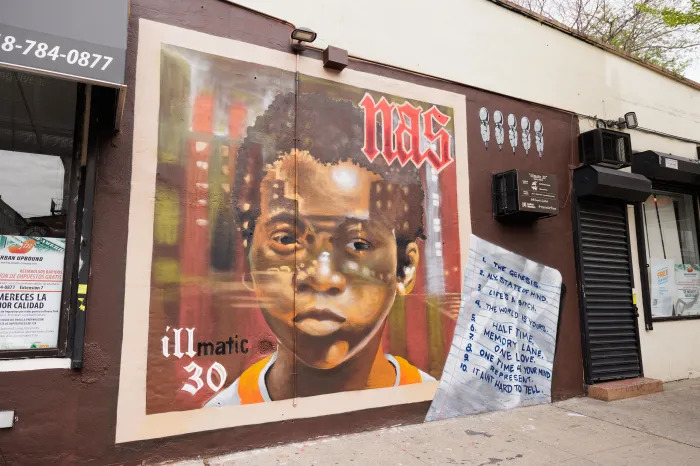By Kevin Zimmerman
Give musician Jia-yi He 30 minutes, and he’ll help you master the basics of playing classical, blues, jazz and country tunes just by breathing.
Forest Hills resident He is one of the top musicians in the world on the harmonica. He has released CDs, had composers dedicate symphonies to him and next week returns to Carnegie Hall to accompany the Japan Harmonica Association in its debut at the venerable concert hall.
“I was 11 years old when I started playing,” He said. “Unlike with the piano or violin, where you have to start when you’re little to master, with the harmonica there is no age limit.”
He picked up his harmonica habit after watching his older sister play a tremolo one. Unlike the small harmonica people think of cowboys playing around the campfire — which is actually a diatonic harmonica — the tremolo is much larger and uses a double reed to produce its sound.
Each reed is tuned slightly different from a single reference note. This allows one reed to create a somewhat sharp sound and the other to produce the slightly flat notes.
“It is just like the piano,” He said. “One [reed] is like hitting the white keys and the other is like hitting the black keys.”
The third major type of harmonica is called the chromatic and uses a button-activated sliding bar to redirect air from the mouthpiece to the reed.
But next week’s concert will focus on the tremolo harmonica and specifically Japan Harmonica Association President Chiang-Ming Cheng’s innovated method of playing it.
Cheng developed a performance style that allows the musician to play the melody and harmony on a single instrument.
“People say his concerts are like an education,” He said.
He’s daughter, Jenny, who often accompanies her father on the piano at his concerts, hopes the learning doesn’t stop with one type of harmonica.
“It looks like a very simple instrument,” she said. “But that’s not true. The more techniques they learn, the more they can push the instrument.”
By altering their breathing and manipulating their tongues and lips, musicians can produce different types of sounds, Jenny said.
The technical term is note bending and it involves having the musician vary the air pressure that moves across the reed.
He demonstrates as he pulls another one of his 300 harmonicas from a case in his Forest Hills apartment. As He blows into the harmonica, it sounds exactly like someone plucking the strings of a violin. A quick shift around and the noise coming from the instrument is of a mandolin.
Through his concerts and his teaching at Manhattan’s Turtle Bay Music School, He hopes to convey that the harmonica is not a toy but a serious instrument on par with anything else played in an orchestra.
But, Jenny said, that doesn’t mean it cannot also be fun.
“Anyone can play it,” she said. “As long as you can breathe you can play it. And for older students, that allows you to still express yourself.”
The Japan Harmonica Association concert at Carnegie Hall is on Monday, Oct. 14, at 8 pm. A free, pre-concert event will take place at Turtle Bay Music School, 244 E. 52nd St., on Saturday, Oct. 12, at 5 pm. Free tickets for the Carnegie Hall show will be available at the Oct. 12 concert. For more information, e-mail hejiayi@yahoo.com.
Reach news editor Kevin Zimmerman at kzimmerman@cnglocal.com or by phone at 718-260-4541.

































